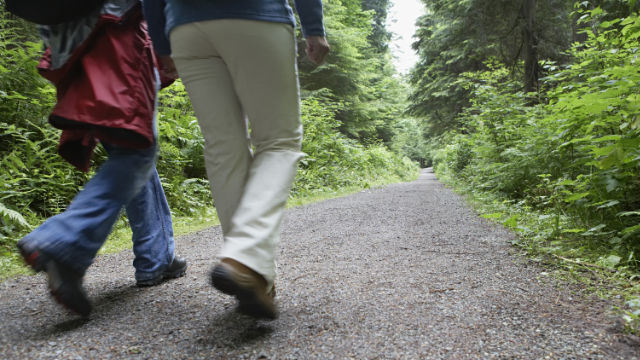Health Blog
Exercise program is the most effective in reducing falls

Controversy and uncertainty exist despite extensive research
Up to 35% of older adults fall each year, and falls are the main cause of injury, injury-related disability, and death in this population. In addition to the physical and economic repercussions, falls can also have a psychological impact, as older adults who fall often develop a fear of falling and become less physically active as a result. Several systematic and meta-analyses have therefore established several approaches for reducing falls and healthcare costs, but some controversy and uncertainty still exist. For this reason, a "state of the art" review was conducted that summarized the best available evidence on how to assess and address risk factors for falls in community-dwelling older adults.
High-quality studies prioritized over others
Three medical databases were searched for pertinent studies, and researchers only selected studies that focused on risk factors, assessment, and management strategies or interventions to reduce falls in older adults. Systematic reviews, meta-analyses, randomized-controlled trials and works that were cross-referenced most often were prioritized, and the most clinically relevant information from each was summarized.
Exercise is essential for all older patients, especially those at risk
Researchers found that the first step in reducing fall risk is to identify at-risk patients. This is accomplished by having patients check in with their healthcare provider yearly to report any falls or difficulties with gait and balance and to have a comprehensive screening assessment. The assessment should evaluate gait, balance, frailty, disability, comorbid conditions, and current medications, functional abilities, and fear of falls. If the patient is found to be at high risk for falls and is ready and willing to participate in a program, they should be offered a multifactorial, tailored exercise program, which was found to be most effective for reducing falls and resulting healthcare costs. Physical therapists specialize in creating these types of programs and can guide patients through them. For patients not at a high risk, regular exercise is still recommended in order to maintain adequate fitness and keep fall risk low, and community-based exercise programs, Tai chi, and independent physical activity are all recommended. Healthcare professionals and caretakers should be aware of these evidence-supported recommendations and comply with them in order to reduce falls in the elderly community.
-As reported in the April '16 issue of the British Medical Journal
September 4, 2018
Back to Health BlogHEALTH BLOG
- A Personalized Physical Therapy Program Can Assist with Whiplash
- Why Older Adults Should Incorporate an Exercise Program
- After an Achilles Injury, Physical Therapists Can Help with Recovery
- AI Can Answer Questions But It’s Best to See a Physical Therapist
- Physical Therapy Can Help With Symptoms of Wryneck
- Reduce the Risk of Pickleball Fractures By Taking Proper Precautions
- Physical Activity May Slow the Progression of Parkinson's Disease
- Too Much Salt in Your Diet? Learn the Dangers of High Sodium Intake
- Suffer From Lower Back Pain? Might Be Time to Take A Break
- The Road to Recovery: Preventing Re-Injury After ACL Surgery
RECENT ARTICLES

- 11 Possible Reasons Your Back HurtsJune 22, 2020

- What Conditions Can a Chiropractor Treat?May 25, 2020

- A Simple Guide to Better PostureApril 30, 2020

- Is Acupuncture Right for Me When I’m Afraid of Needles?March 30, 2020

- Stretching Done Right — How and When to StretchFebruary 26, 2020

